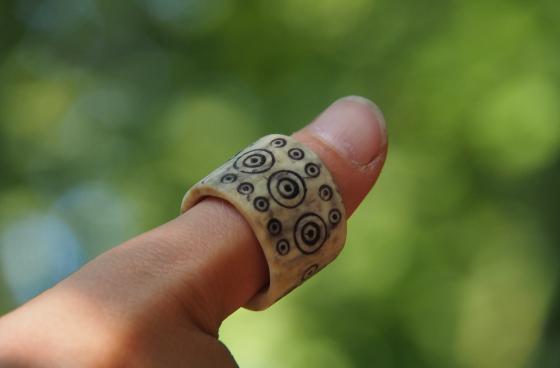Carving Bone and Antler Course
Kind of Event
- Workshop
Country
- Austria
Era(s)
Bone and Antler Carving
Course objective: Each participant acquires knowledge and practical skills in bone and antler carving and, under professional guidance, produces an object of choice according to archaeological models using the technical possibilities of the past.
Course content: In this workshop, the development of leg carving from the Paleolithic to the early Middle Ages is vividly illustrated using objects and equipment that are faithfully reproduced. Since bones and antlers are well preserved in almost alien soil, the development of European craft history with all its facets can be optimally demonstrated using these materials.
Historical background: Bones and antlers have always been available to people and have been used as valuable raw materials since the Paleolithic Age. With the help of flint devices such as scrapers, gravers and stone drills, device parts and jewelry items such as awls, needles, spear throwers, jewelry pendants and floats were formed. The sedentary Neolithic man made chisels, gravers, arrowheads, harpoons, fish hooks, jewelry pendants, belt hooks and buttons from these materials. Even in the Bronze Age, bones and antlers remained welcome raw materials. With the new metal tools, the processing of these rather hard and tough materials was made considerably easier. Antlers and bones were now mainly processed into horse snaffles, whorls, combs and jewelry pearls. This trend continues in the Iron Age. Bones and antlers can be shaped even better with iron tools. Needle guards, knife handles, pyxides and jewelry pendants were now made from these raw materials. Since the beginning of the Iron Age, the technique of turning was also known in Central Europe, so that pearls, needles and needle guards were mostly already made using this developed technique.
Instructor: Dr. Wolfgang Lobisser
Course duration: 9 a.m. to 5 p.m.
Course costs: 75 euros
Material costs: 15 euros

